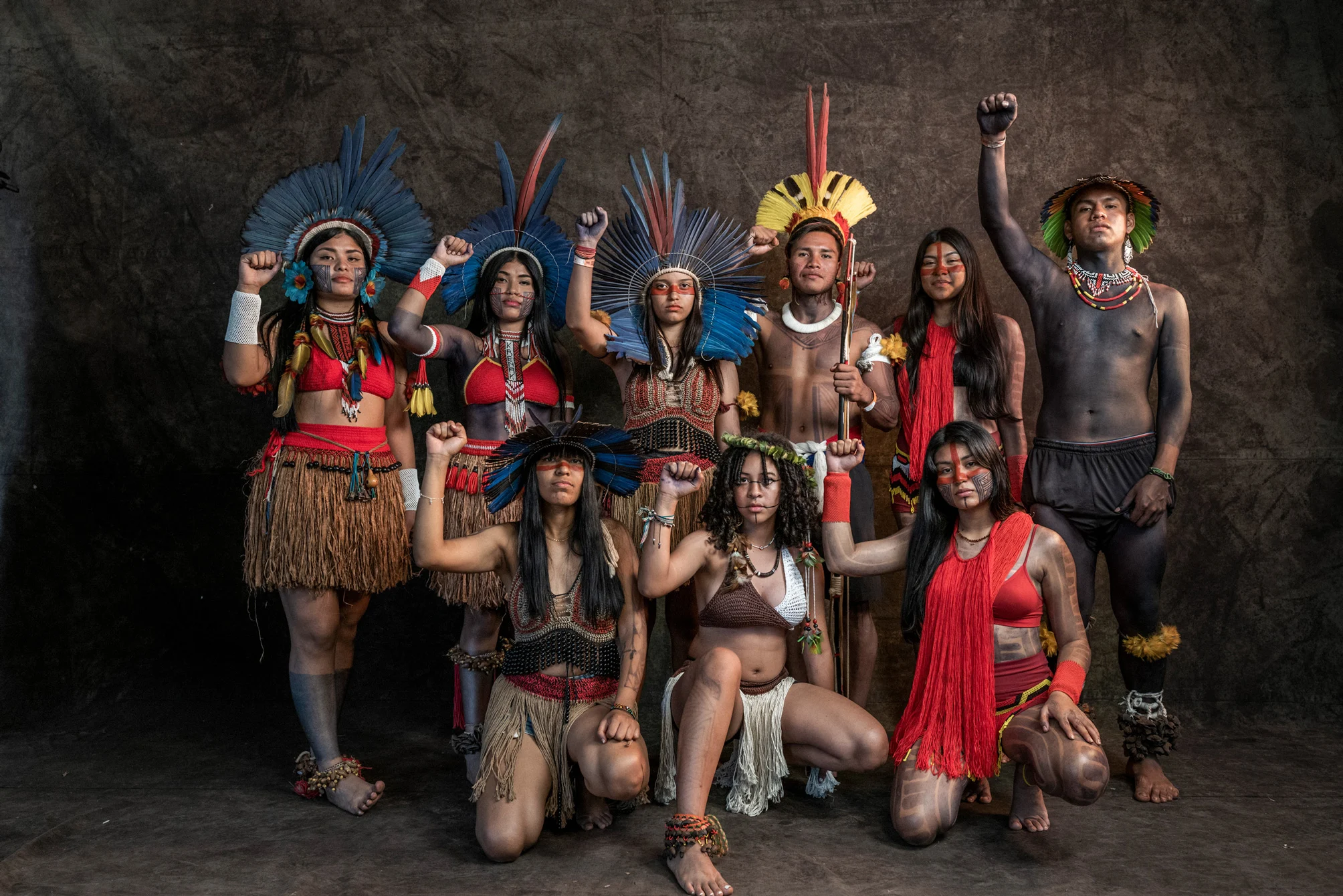
Each year, thousands flock to the Brazilian capital of Brasilia for Acampamento Terra Livre (Freedom Land Camp). Considered the largest assembly of Indigenous peoples in the world, the event gives an opportunity for members from the country’s many Indigenous nations to gather in solidarity, strategise and discuss solutions to their joint struggles—including the continued erosion of the rights of Indigenous peoples, the destruction of Brazil’s diverse ecosystems, and the worsening threat of climate change.
To put a face to the movement, Indigenous journalist and filmmaker Eric Terena— who was reporting on the ground for Indigenous news platform Mídia India—and British documentarian Alice Aedy set up a temporary studio at this year’s encampment, and shot portraits of participants. Celebrated activists Sônia Guajajara and Célia Xakriabá, among others, were captured in a stylized mode typically reserved for high fashion and celebrity editorials. The project was given a simple, yet powerful title: “O futuro é indígena” (The Future is Indigenous). In their own words, Terena and Aedy explain the genesis of their project, the significance of Indigenous mobilization, and why harnessing Indigenous knowledge is crucial to the future of humanity.
Will you support Brazil’s Indigenous leaders in their fight to protect the planet? Whilst Indigenous communities are only 5% of the world's population, they protect 80% of global biodiversity. Choose Earth exists to resource the incredible frontline defenders who put their lives at risk to protect crucial ecosystems and preserve life for all. Your donations will strengthen Indigenous activism, build community, protect unique cultures and help restore ecosystems.
Donate here. WeTransfer will match donations made via this link up to 20K euros.
Eric Terena
“Since colonization began in Brazil, Indigenous peoples have been silenced. Therefore, we have had to constantly speak up and make our voice heard—to share our stories, to highlight our lives and our struggles. Photography and film have both been fantastic tools to raise awareness amongst non-Indigenous peoples, and educate white people about our culture so we can work together to preserve our territories and sacred biomes.
This is why we get together every year during the first two weeks of April for the Acampamento Terra Livre (ATL) in Brasilia. Deemed the biggest Indigenous mobilization in the world, this year’s event saw more than 6,000 people from 160 Indigenous nations come together to discuss politics and strategize together, because our futures are connected by joint struggle.
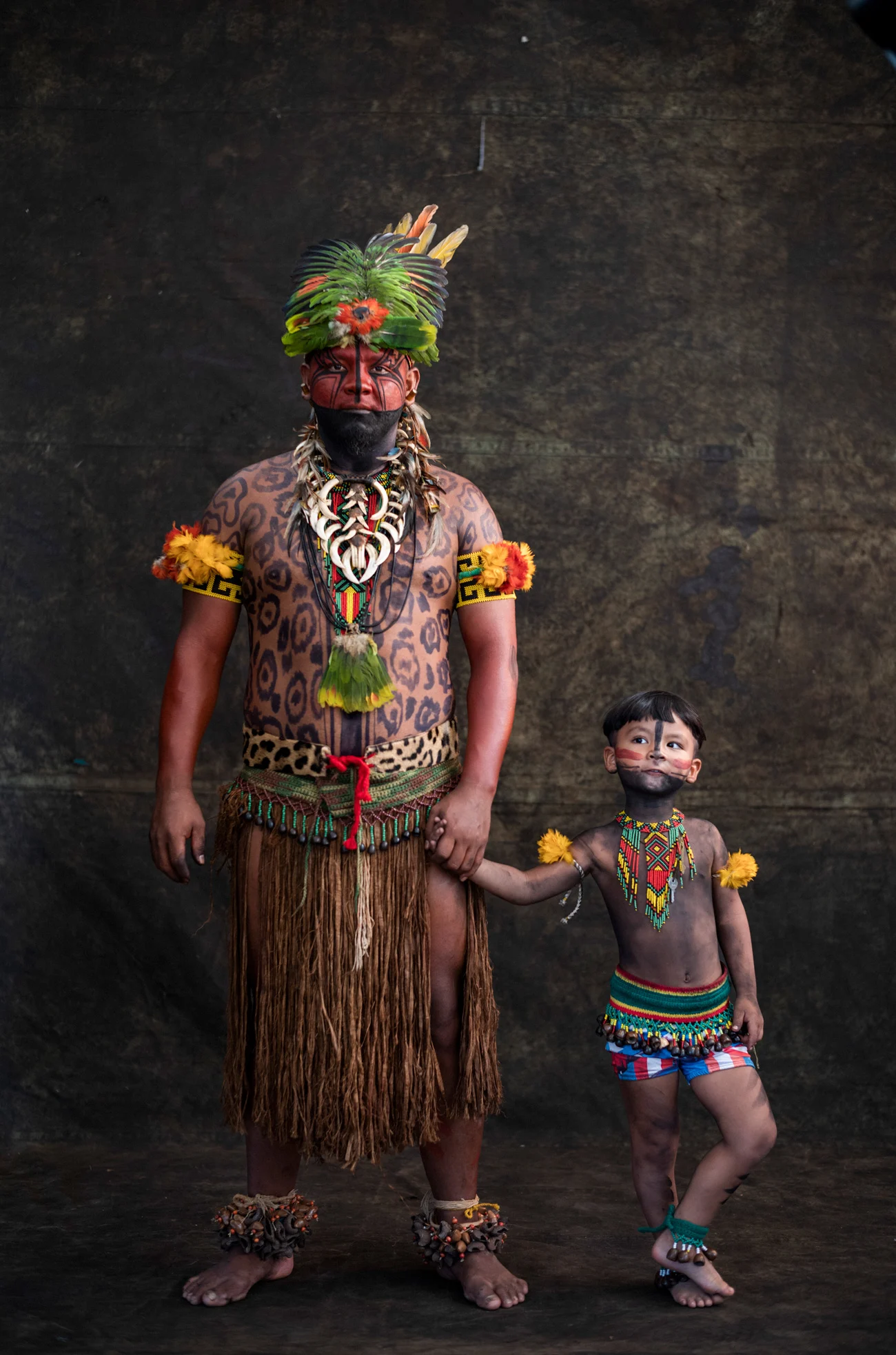
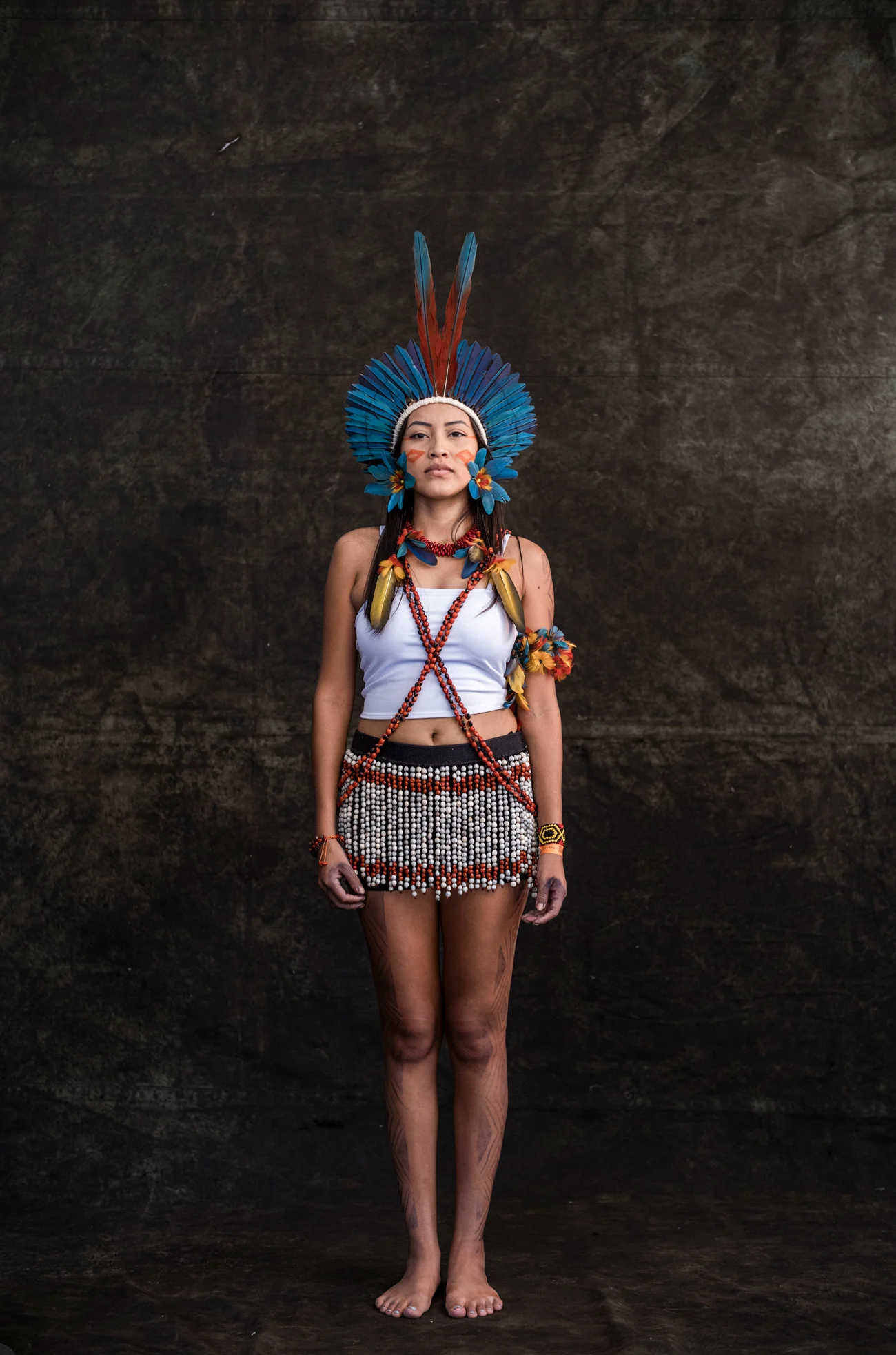
All across the country, many Indigenous territories are locked in longstanding struggles to demarcate our lands and register titles; protect ourselves against illegal loggers, land-grabbers and wildcat miners; preserve the integrity of our territories; and reclaim stolen land for Indigenous peoples that have been displaced. Everything comes down to land rights—vast Indigenous territories across the country remain under litigation, and the processes for demarcation and registration of the land titles have been completely halted by the Brazilian justice system. We have to fight constantly against systemic racism and demeaning notions that infantilize us, framing us as incapable of sensible decision-making and self-determination.
Reporting on the hundreds of speeches delivered by leaders at the ATL camp, and translating and communicating that content across a multitude of Indigenous languages in one newsroom was an immense challenge. And yet, despite the difficulty, we could see that many traditional Indigenous leaders appreciated the power of storytelling as a tool of resistance and empowerment. And with the support of the Indigenous leadership, we can continue mobilizing and deepening our work in the communities.
Through “O futuro é indígena,” we want to remind people that we Indigenous peoples are the stewards of the Earth’s most critical biodiversity. The world’s largest interconnected communities of species live in our ancestral territories, and it’s our job to protect them.
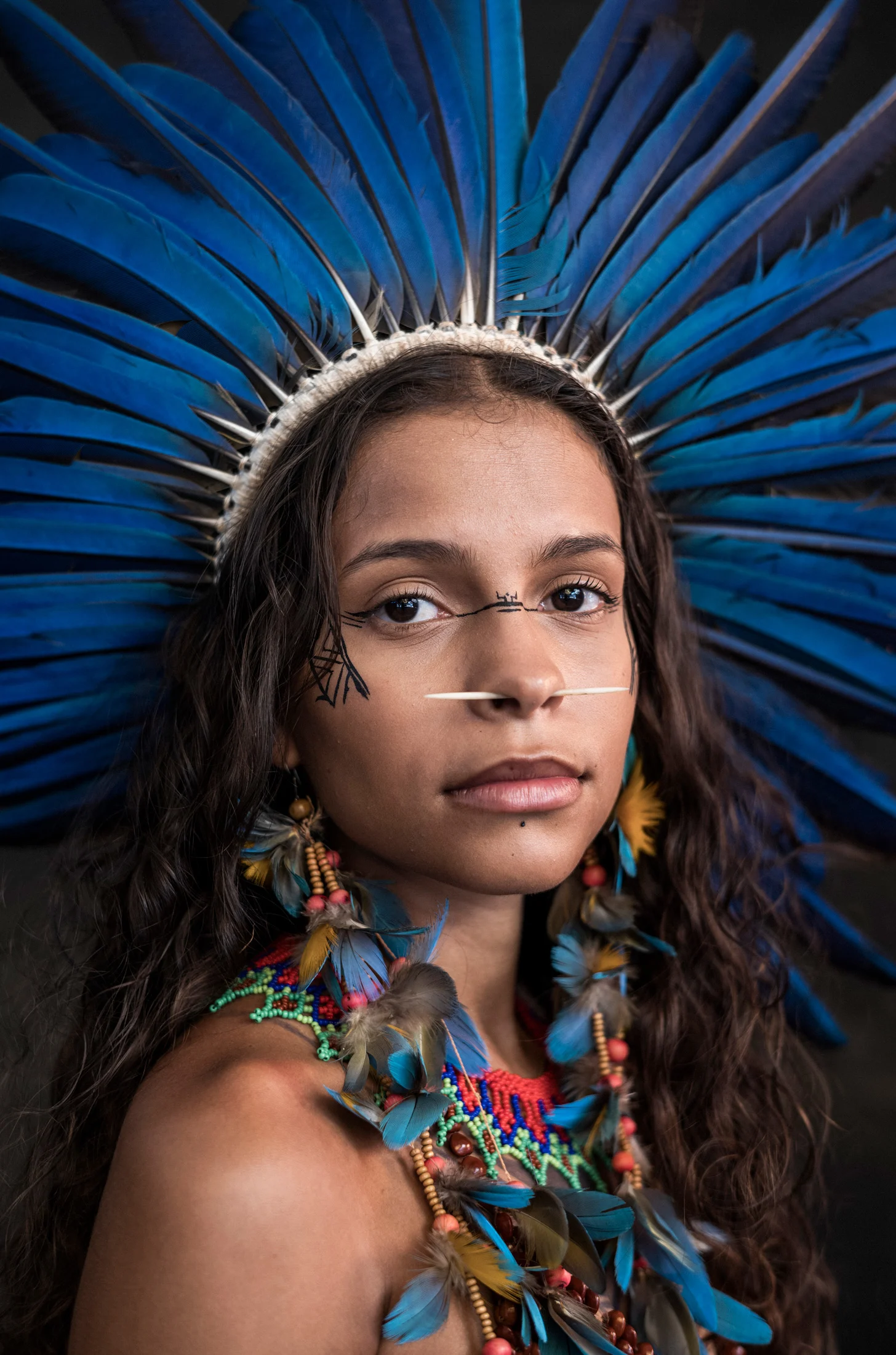
It is of utmost importance, then, that when we speak of biodiversity, we begin by speaking of us as Indigenous peoples: when our bodies are under threat, so too is the collective body of the Earth and, consequently, the future of both humanity and the rest of the Earth’s community.
This is why Indigenous ways of knowing and being are crucial for the Earth’s future, and this is precisely why we come together at the ATL every year. It is here that we define and collectively decide upon the most important political strategy and actions. In Brazil alone, there are over 300 different Indigenous nations, however our rights have been constantly violated.”
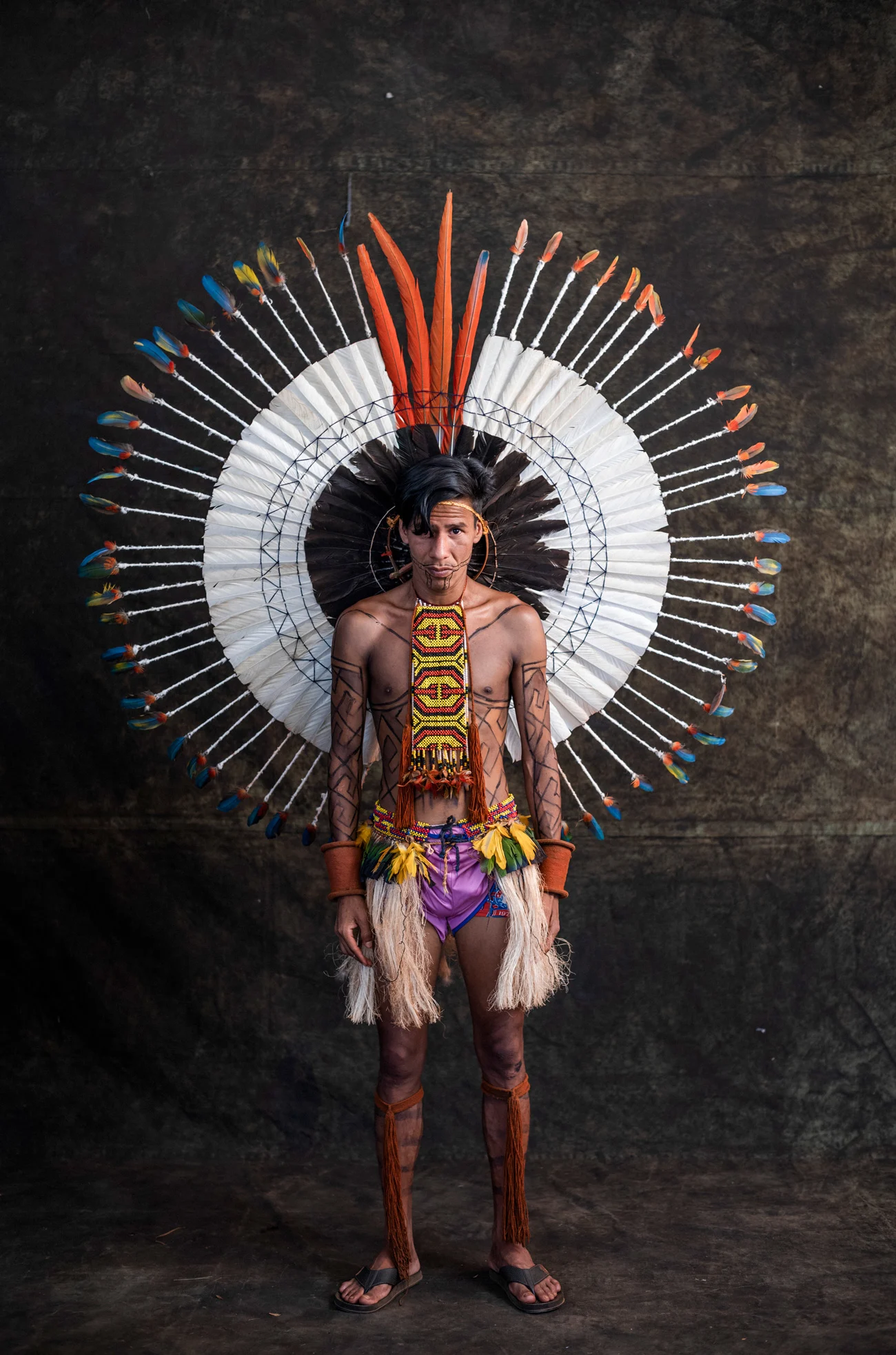
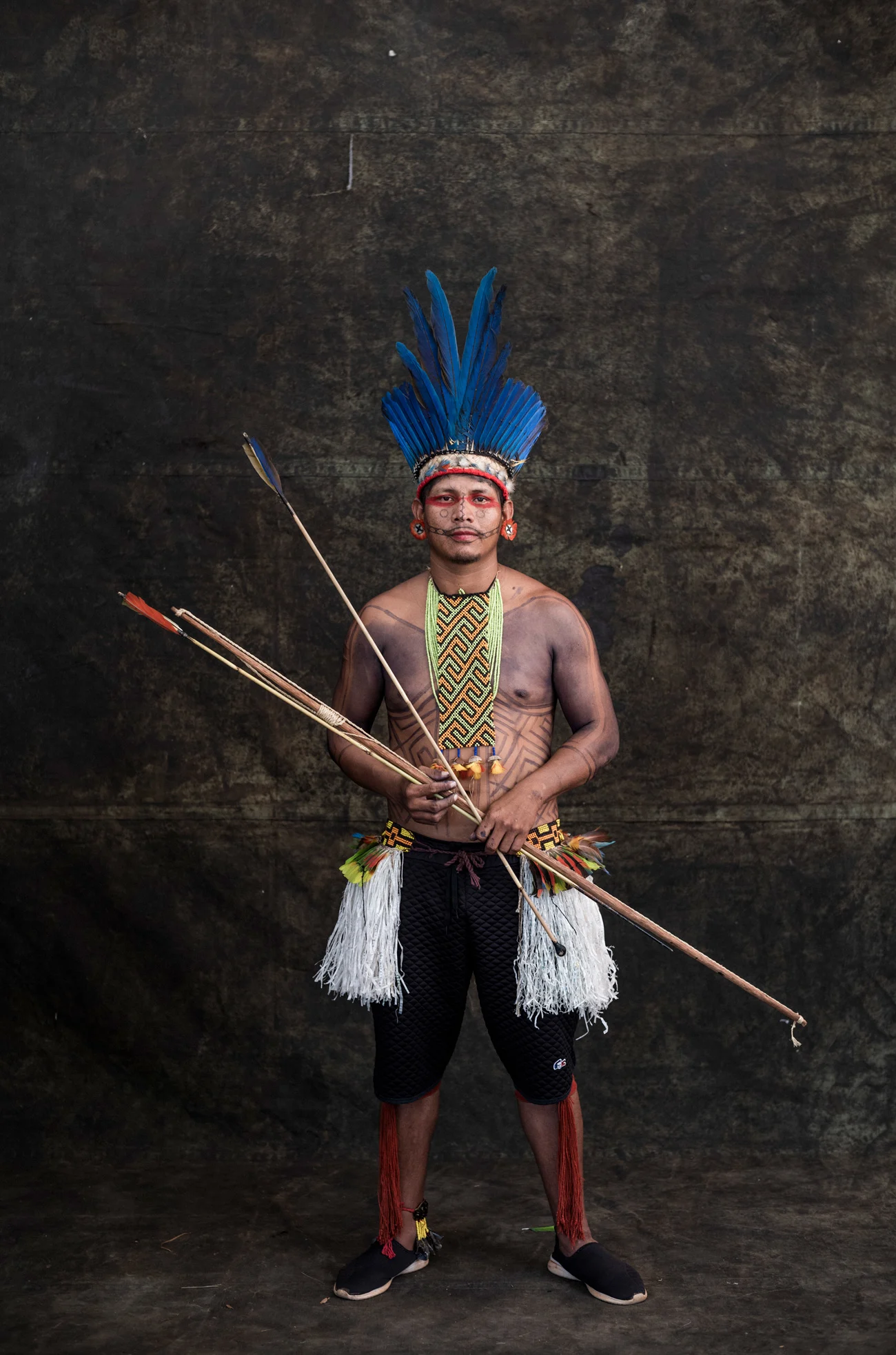
Alice Aedy
”I began my career documenting the Syrian refugee crisis, and saw it unfold across Europe, Iraq and Lebanon. As I continued with my work, I realized that climate change would cause what could potentially become the largest mass migration in history. Because climate change isn’t merely an environmental problem: fundamentally, it's a social justice issue, with effects permeating every aspect of our lives and societies.
Our job as storytellers is to shed light onto such issues by telling human stories, as well as stories of the beautiful alternatives. We should show people there’s a future to be reclaimed. This is why I decided to grab my camera and travel to Brasilia to document the Acampamento Terra Livre—one of the world’s largest existing Indigenous gatherings.

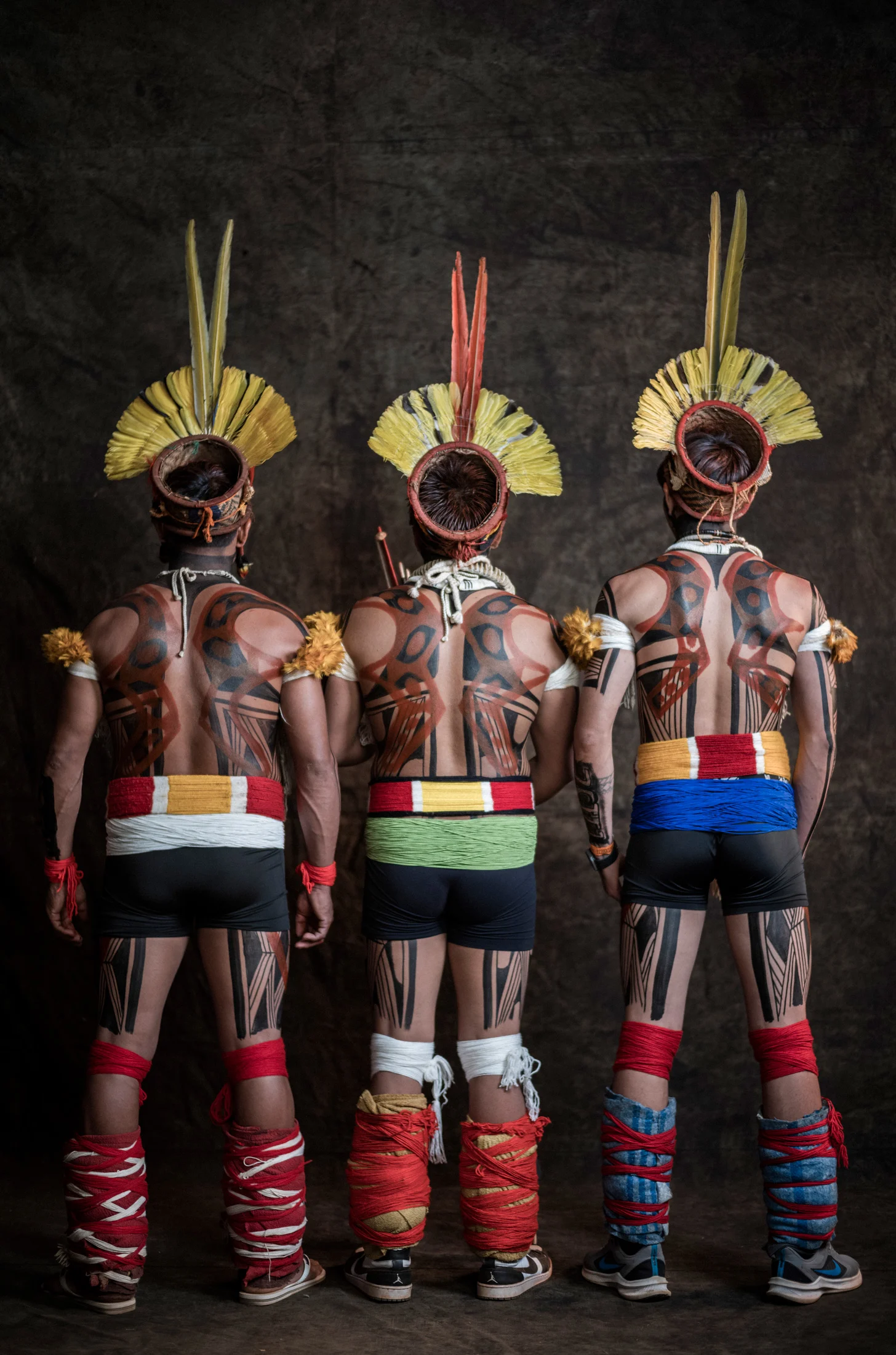
From Caciques (Indigenous community leaders) to emerging youth voices, photographers, rappers, musicians and political candidates, so many extraordinary people took the time to join us for a portrait session.
All too often we have spoken of the Amazon rainforest as the “lungs of the Earth” while ignoring the Indigenous peoples who live there and constantly put their lives on the line to preserve it. Today, the stakes couldn't be higher: a recent report stated that deforestation is at a record high, and under Bolsonaro’s government, Brazil’s Indigenous communities are under more threat than ever.

We thought deeply about the creative set-up of the project. The backdrop and lighting that formed our portable studio is a set-up usually reserved only for models and actors and too rarely for real people with important stories. We are so grateful to all those who joined us for a portrait sitting, from individuals to groups of more than 20 people, all proudly celebrating their communities’ traditions—a tribute to having resisted hundreds of years of culture erasure since colonization began.
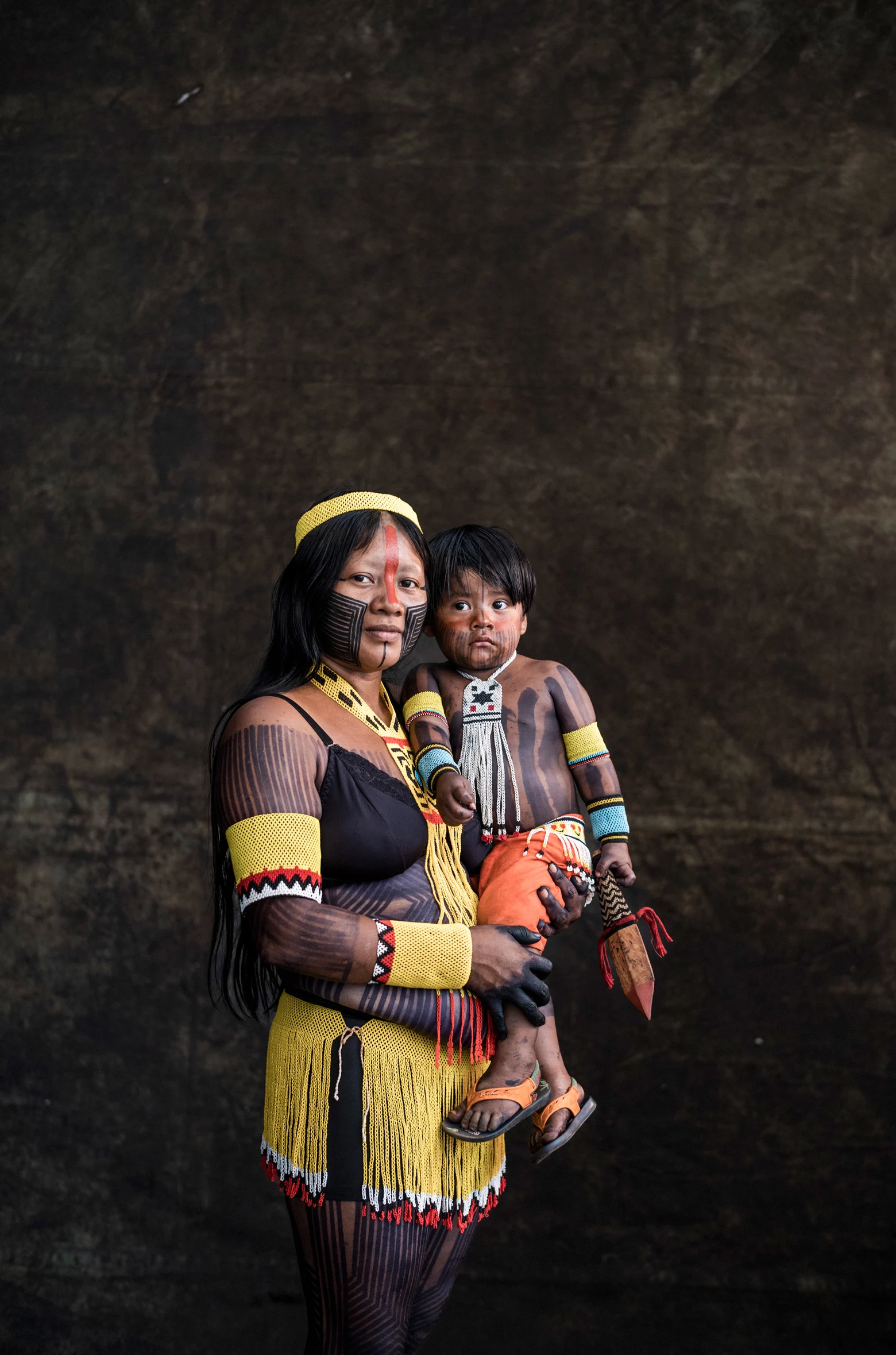
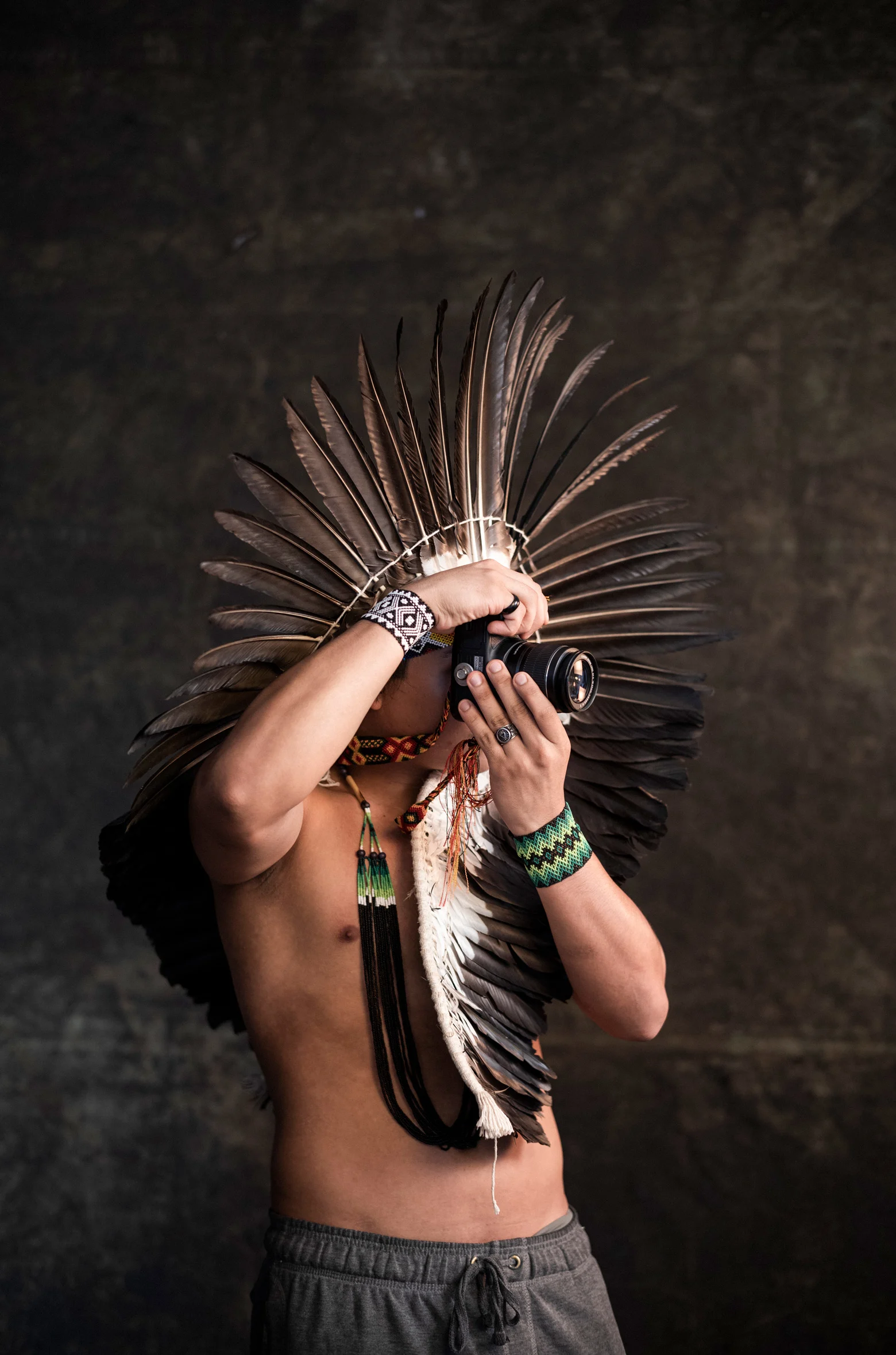
Indigenous communities are 5% of the global population, yet protect 82% of the world’s remaining biodiversity—a reality that never fails to take my breath away. They are the real climate leaders, existing in synergy with the complex and dynamic ecosystems that they have observed, interacted with and cultivated a reciprocal relationship developed over millennia.
What I have seen during my time documenting the Brazilian Indigenous resistance is a movement of brilliant political strategists, inspiring leaders, creative minds, skilled storytellers harnessing technology. Their traditional ecological knowledge, combined with a set of different ecological and philosophical principles, holds important clues to shaping a thriving future for people and the planet.
Currently, global conservation strategies have failed to consider and include Indigenous experiences, knowledge, and values. Through this collaborative project, I hope we can amplify Indigenous stories and knowledge so that we can forge a different path towards the future.”
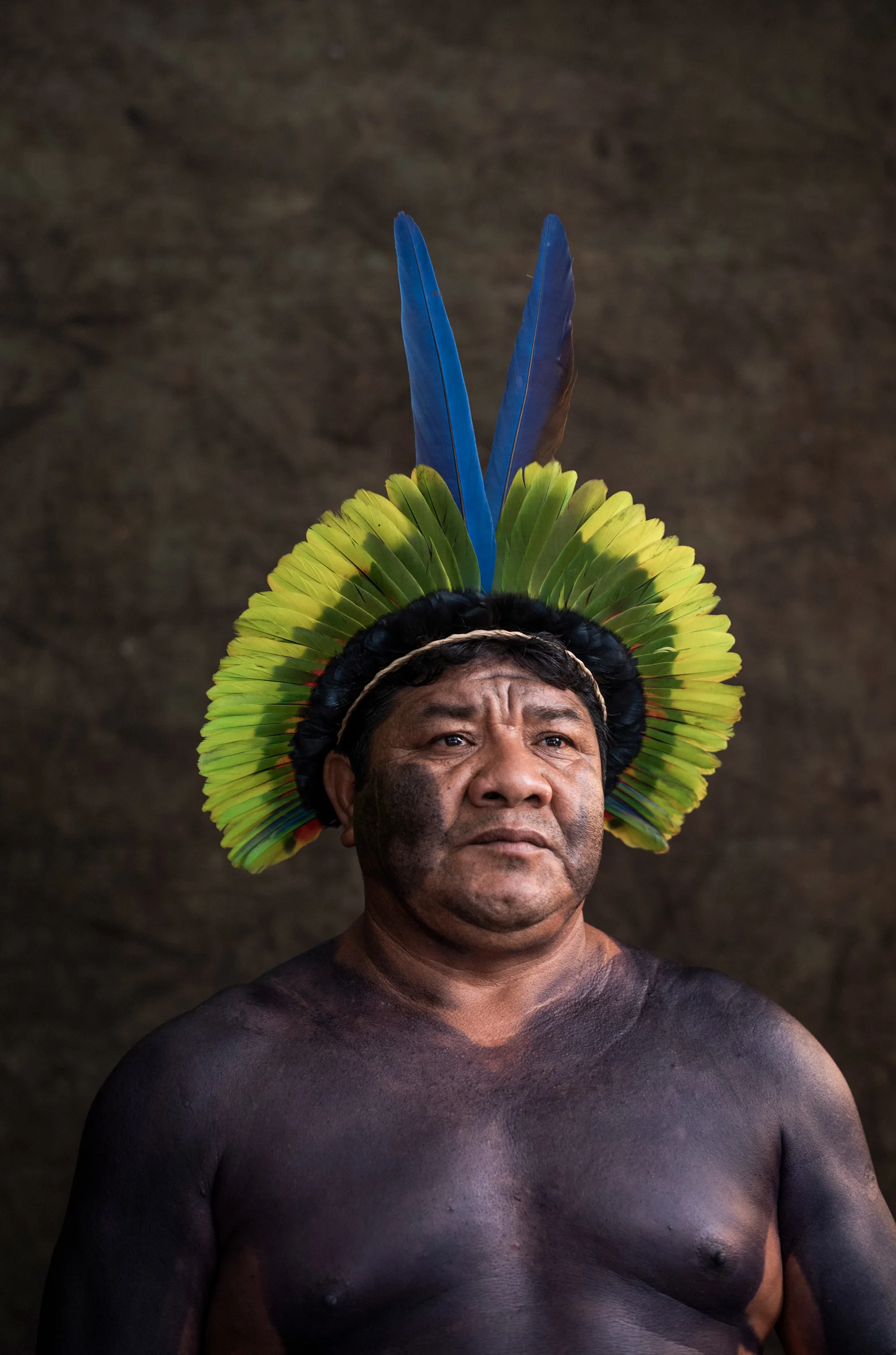

Ará Mirim
I am Ará Mirim, I am from the Jaraguá territory of São Paulo.
The Acampamento Terra Livre is a place of spiritual strengthening—a place where we strengthen ourselves as leaders, as women, as warriors. This is the biggest proof that Indigenous peoples are alive and increasingly wanting to preserve our territories.
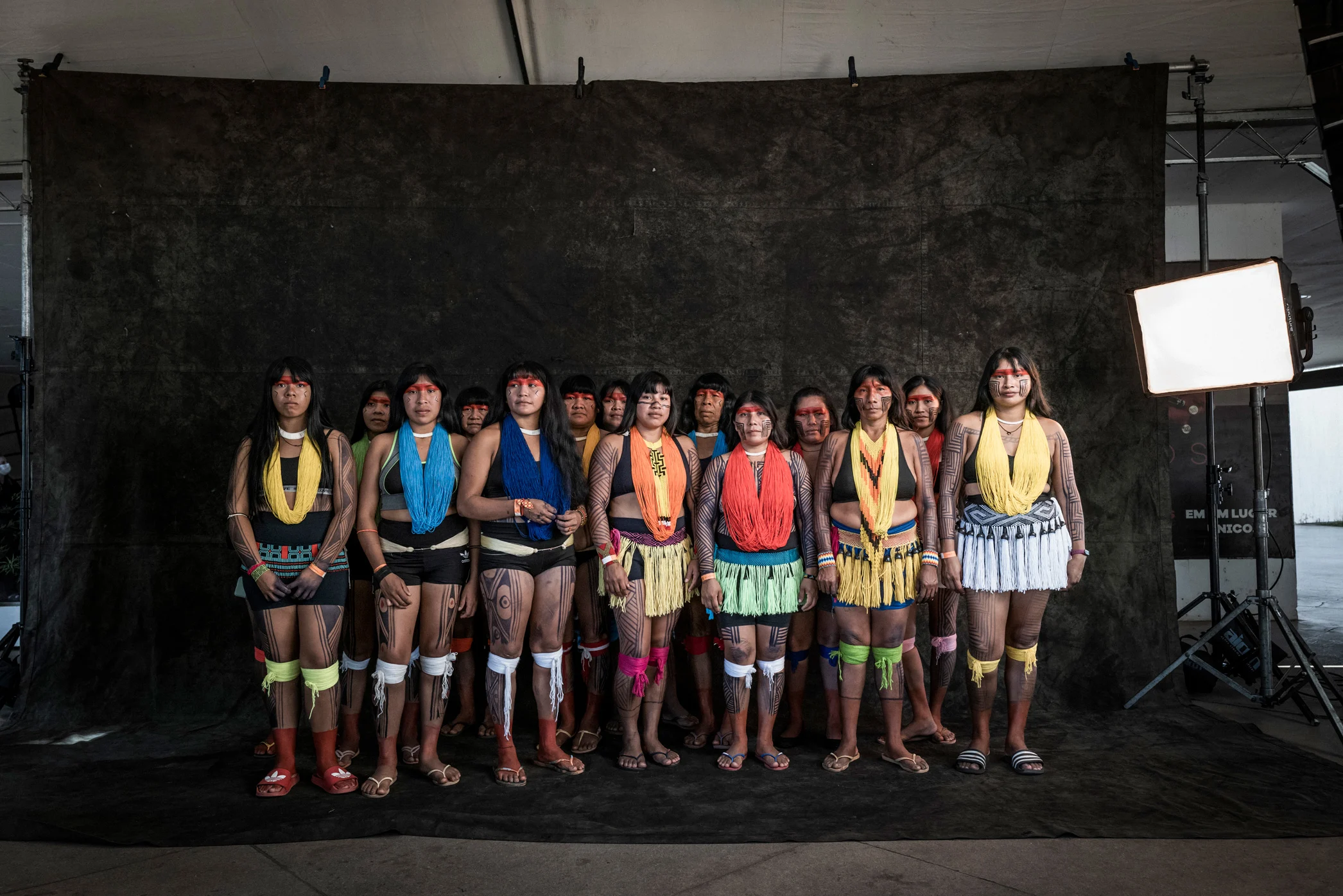
Beptuk Kayapó
My name is Beptuk Kayapó, and I am from the Kayapó Metuktire people, who are based in the north of Mato Grosso. I am a young leader, and grandson of Cacique Raoni.
It’s important for youth and our leaders to join forces to be able to protect our constitutional rights and guarantee the protection of Indigenous peoples here in Brazil. These movements are like school to us—they’re where we gain the wisdom to understand that our land is like life to us.

Ednaldo Tabajara
My name is Ednaldo, I am Cacique of the Tabajara people of Paraíba.
There are three ways to support Indigenous peoples: by helping us, by praying for us, and by recognizing that we are the first planted tree in this country. Removing us is drying out our lands, and to take away nature is to take away our right to live.
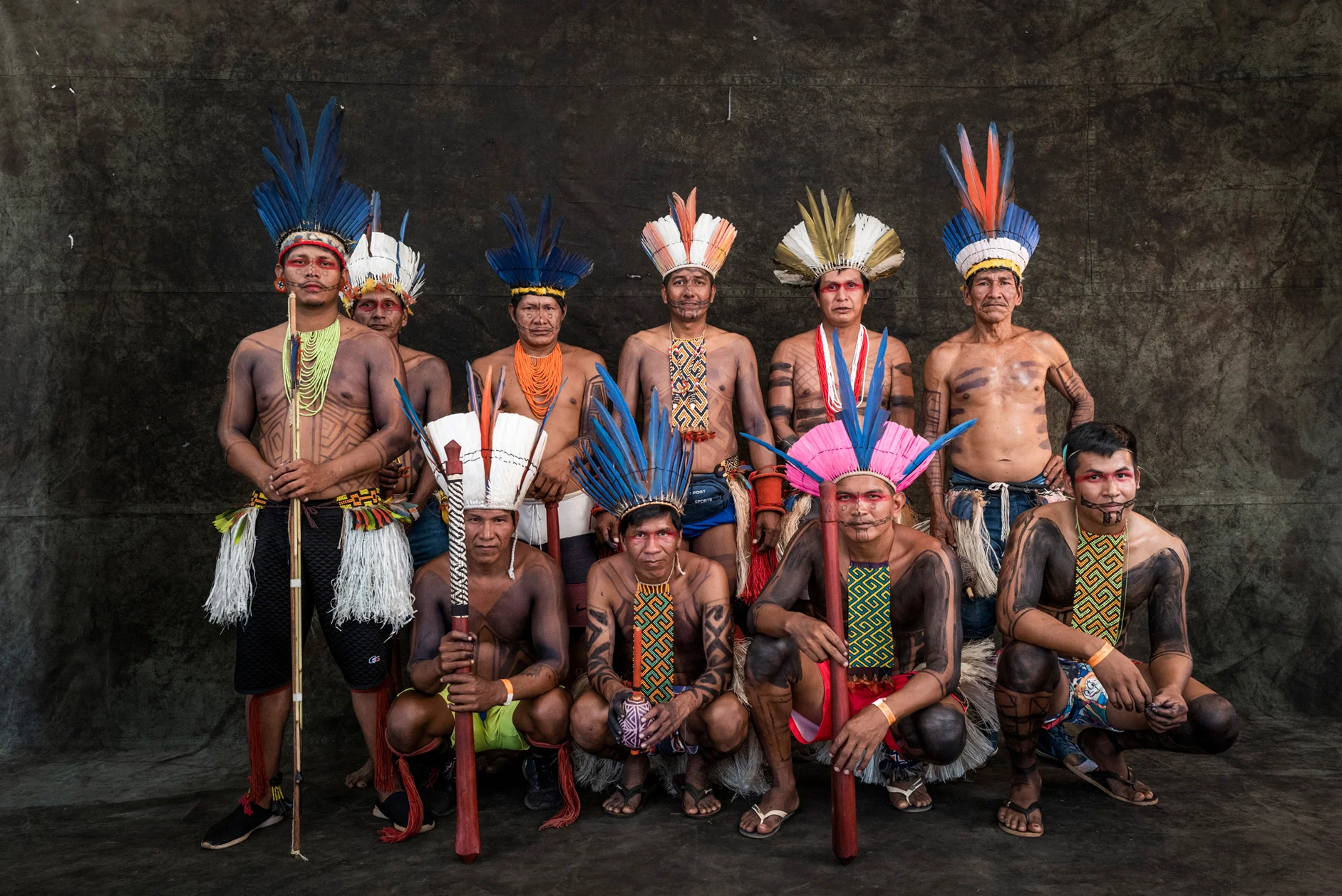
Célia Xakriabá
My name is Célia, I am from the Cerrado biome, the second largest Brazilian biome.
Our struggle is for the Earth. But it is also for other territories—it is for the territory of thinking, the territory of narrating, the territory of policy-making, the territory of using communication as a weapon, and the territory of understanding and recognition.
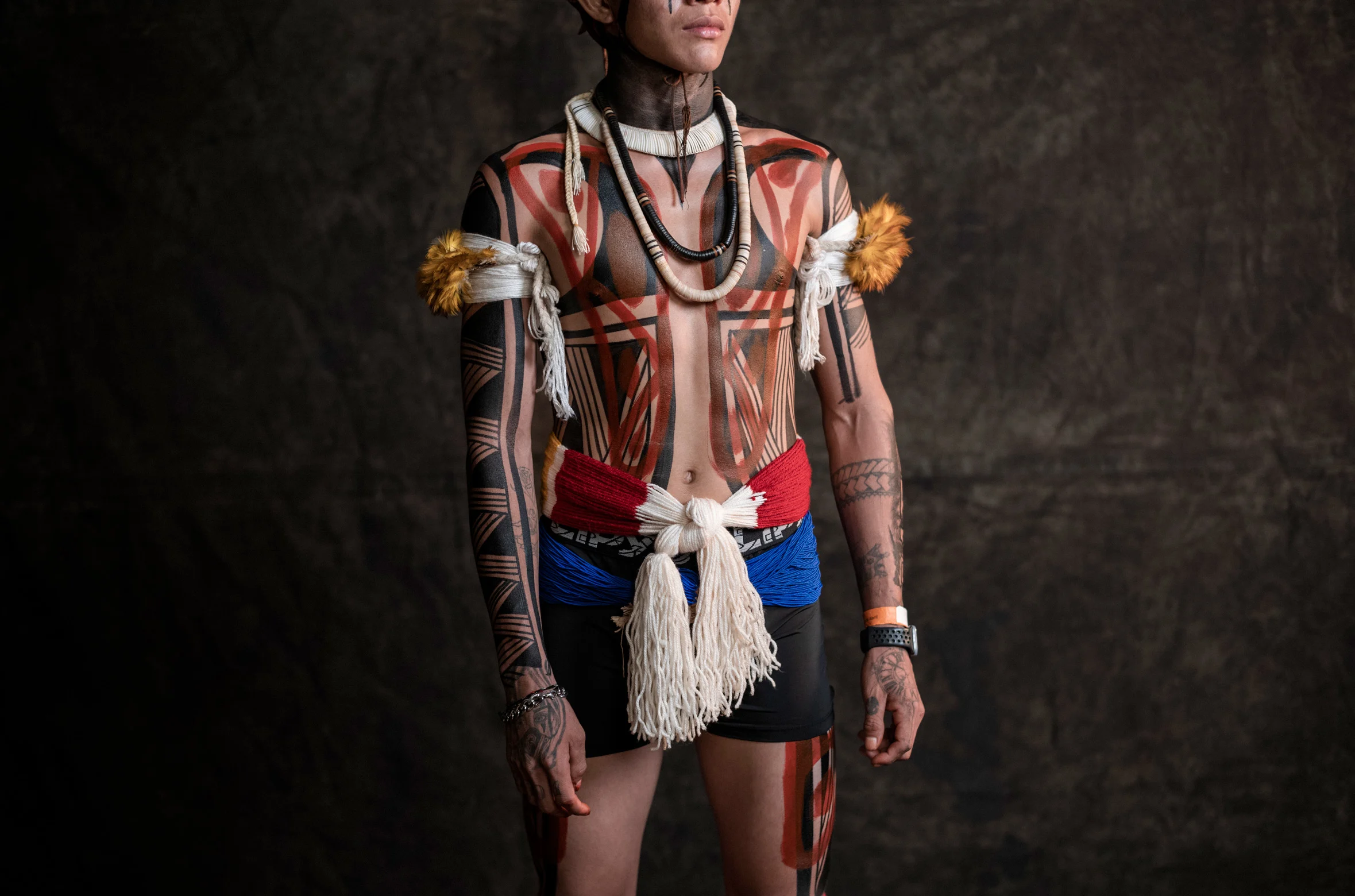
Marquinhos Xukuru
My name is Marcos, I am the Cacique of the Xukuru people of Ororubá, located in Pesqueira, Pernambuco.
We fight not only to ensure our physical and cultural survival, but also to ensure our survival as beings with ancient connectivity. And our greatest strength is in this territory, which is the dwelling of our ancestors. We are guardians of this physical space, of the fauna and flora, which are being devastated little by little. Everyone should connect to their ancestries by defending this physical space that we call Earth.
Will you support Brazil’s Indigenous leaders in their fight to protect the planet? Whilst Indigenous communities are only 5% of the world's population, they protect 80% of global biodiversity. Choose Earth exists to resource the incredible frontline defenders who put their lives at risk to protect crucial ecosystems and preserve life for all. Your donations will strengthen Indigenous activism, build community, protect unique cultures and help restore ecosystems.
Donate here. WeTransfer will match donations made via this link up to 20K euros.